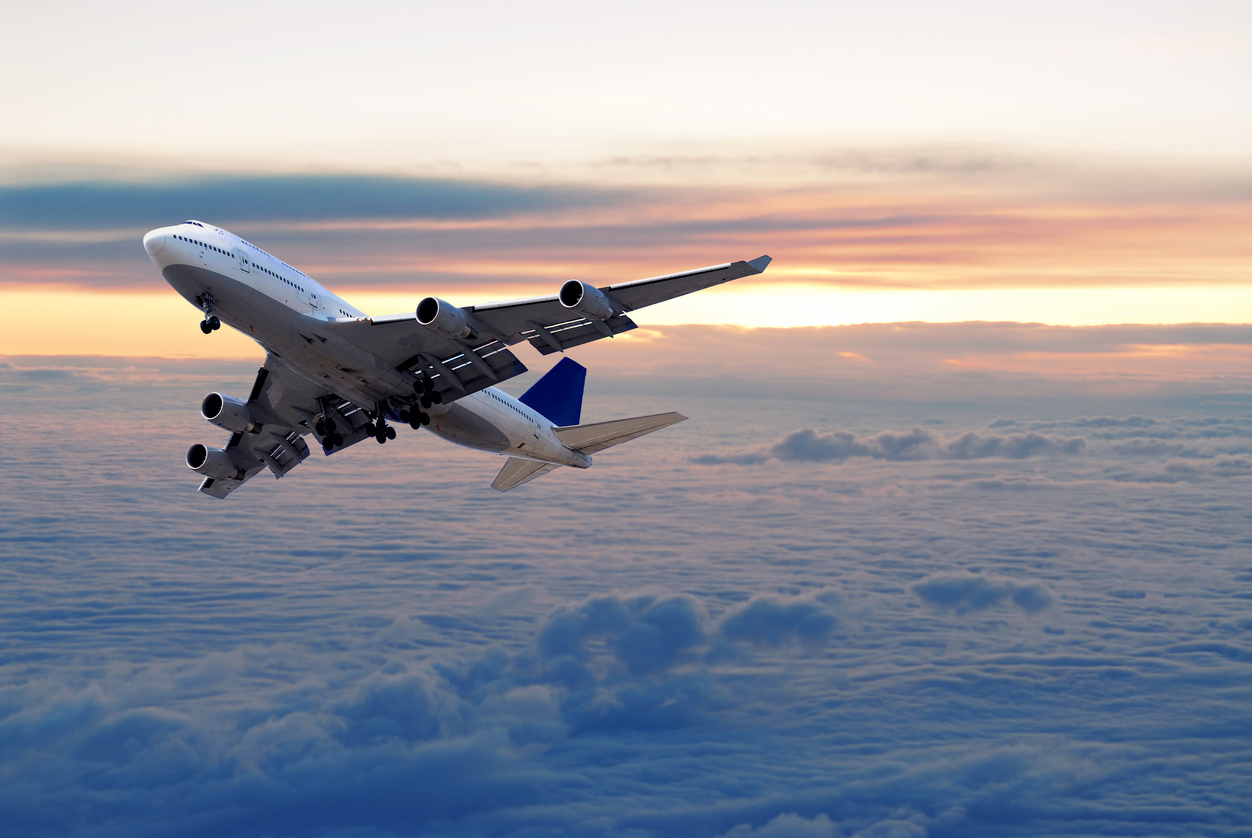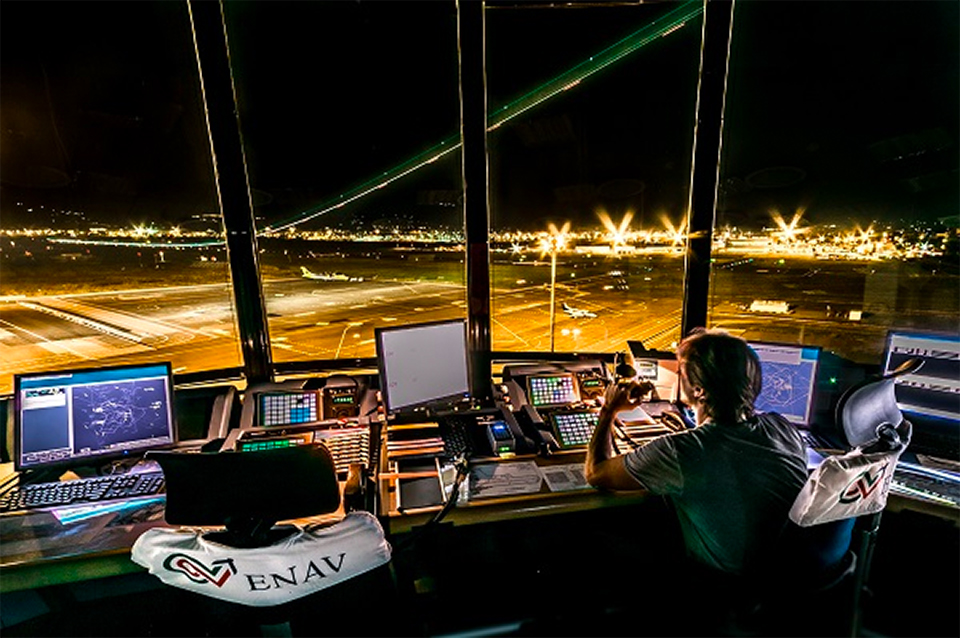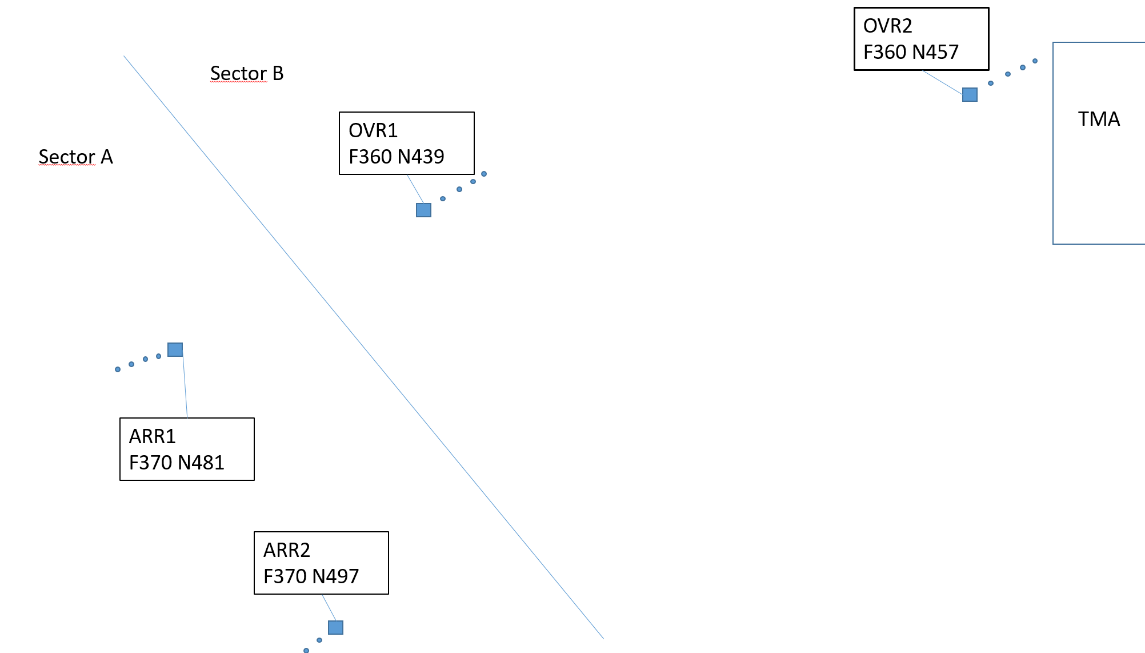Delivering a robust service and supporting innovation

During a recent ICAO Air Navigation Commission (ANC) Talk, CANSO Director General, Simon Hocquard, highlighted the steps being taken by air traffic management to maintain critical services for aviation and the important work that continues to ensure ATM is positioned to support the industry’s recovery and its future needs.
This year has been like no other – from a highly volatile traffic picture to a challenging operating environment, air traffic management (ATM) and the aviation industry it serves has had to contend with a lot. This includes safeguarding our liquidity and skills pipeline, and pivoting our approach to investment and innovation. CANSO has been working hard to help its members navigate this, and through advocacy, best practice guidance, and collaboration, is supporting the industry in taking essential steps on the road to recovery.
During my first year as Director General of CANSO, the aviation industry has been through a dramatic change. From the record air traffic highs of summer 2019 to the record lows of spring 2020. Even now, six months after the low point in global traffic volumes, flights are still down around 30% compared with last year. But as we take stock of where we are and the road that lies ahead, it is important we acknowledge the progress that’s been made during the most testing of times, along with the difficulties we’ve all faced.
It is an encouraging story, and one which CANSO was proud to tell during last week’s ANC Talks.
Adapting to change
When the pandemic first hit and global travel restrictions cut passenger demand, the ATM industry was quick to respond to the crisis, implementing a range of continuity measures to safeguard the health of staff, and the continuity of service. This has included implementing new social distancing measures and dynamic rostering, reviewing contingency, business and national aviation plans, and in some instances offering holidays, discounts or deferral arrangements to airlines on ANS charges. All the while, airspace must remain open for any users that need it, and the uptick that will eventually come.
While ATM is doing everything it can to mitigate the impact of the crisis, the financial stability of the aviation industry is a major concern. Our customers are hurting financially, reduced traffic is causing reduced revenue for ANSPs, and having a knock-on effect in the ATM marketplace.
While we can’t influence passenger demand and therefore recovery, we can still focus on how to further adapt and respond to a changed aviation environment – planning for a new normal, and continuing to build capabilities and capacity for safe and seamless air travel, both now and in the future.
And CANSO has an important role in this – from pursuing our overall mission of transforming ATM performance, to helping smooth the process of adaptation. We need to find ways of helping to safeguard resource and skills, and boost the efficiency and effectiveness of service provision.
How are we doing this? Let’s break it down to our ABC; advocacy, best practice and collaboration.
Advocacy
CANSO is working to champion the voice of ATM and advocate for its interests with governments and policy makers. This includes working with ICAO on supporting all industry players at a global level, and key stakeholders such as transport ministers at a regional level to ensure ATM is included in aid or relief plans. We have been active in the Council Aviation Recovery Taskforce (CART), and in ICAO’s regional forums.
In Europe we have worked with EUROCONTROL and Member States to agree on a deal that helps airlines operating in Europe by deferring their payments of air traffic control fees, and enables EUROCONTROL to apply for funding which guaranteed a minimum level of financing for European ANSPs until September. In other regions we’ve focussed more locally, using regional committees and stakeholder partnerships to help the industry advocate.
Best practice
By improving our performance, we can build back better. To support this we have issued a range of best practice guidance, from navigating the specific impacts of COVID-19, to improving overall operational and safety performance.
We are also enhancing regional coordination and encouraging peer-to-peer learning to share this knowledge and advice, and help implement best practice worldwide. We have hosted webinars and podcasts and our workgroups remain focussed on open discussion on a number of issues.
In addition, we are encouraging dialogue on business mitigation efforts. While taking a hard look at planned investments is understandable, some investments need to continue, to enhance safety or to prepare us for such things as the integration of new entrants to our airspace. To that end we are working closely with ANSPs and industry suppliers to understand how procurement pipelines and supply chains might change and what needs to be done to support the ATM marketplace.
Collaboration
In addition, we have been embracing the power of partnership. This has included creating strategic partnerships with Aireon to access ADS-B data; Metron Aviation to offer ANSPs free access to its ATFM demand prediction tool; and Micro Nav to offer their cloud based ATC simulator to help with the challenge of socially distanced training. Over 20 ANSPs have taken advantage of one or the other of these offers and we are deeply appreciative of the spirit of cooperation and assistance with which they were made.
Furthermore, our regional focus continues to bring regional aviation stakeholders together to coordinate on recovery planning, and collaborate on best practice initiatives, like the Mombasa ATFM Roadmap in Africa, or CADENA in Latin America and the Caribbean.
Meanwhile our 20 global workgroups continue to work on advancing best practices, developing workshop and training material, and coordinating our common priorities – whether that’s flow management, cybersecurity, or adoption of new technology like remote towers. Harnessing this type of collaboration and innovation is key to the success of our industry.
CANSO is also collaborating across the aviation industry to ensure smooth operations continue. We recently worked with IATA, IFATCA, IFALPA and ACI on a cross industry risk assessment and delivered a five-part webinar series on safety issues related to the restart that was very well received.
Tackling a challenging road ahead
While ATM and CANSO is doing everything it can to mitigate the impact of the crisis, the pandemic and the traffic recovery are unpredictable, and the financial stability of the aviation industry is still a major concern.
Reduced revenue is having a significant impact on the ATM marketplace, and ANSPs must strike a difficult balance between reducing operating costs in the short term, without damaging service capability and capacity in the medium and long term. Furthermore, loss of investment is also challenging critical plans for the evolution of the global air navigation system, such as the ICAO Global Air Navigation Plan (GANP).
What is clear however, is that aviation is a resilient industry, capable of delivering significant benefits both socially and economically if each and every industry stakeholder works together to find ways to enable it to flourish once more.
I am proud that CANSO offers a key vehicle for industry resiliency and we are committed to working with industry partners and stakeholders on finding ways to successfully navigate the recovery, and carve a new future for aviation. CANSO’s active role in CART has been an example of this and we continue to champion the part that ICAO plays in uniting the industry and supporting a harmonised approach to our current challenges.
Looking ahead, CANSO will continue to identify opportunities to drive the industry forward, and during my ANC Talks appearance I urged ICAO to continue its important work on the development of standards and recommended practices, such as for safe integration of unmanned systems into airspace for example, and I pledged CANSO’s continued support on key ICAO safety and operational priorities. I also commended ICAO for the tangible outcomes from their ‘No Country Left Behind’ initiative, and encouraged the development of global guidance on GANP priorities that is reflective of the industry’s current circumstances.
In short, we must continue to innovate, and create opportunities to share information and collaborate across the aviation industry to find solutions to the challenges we all face.
If any industry can, aviation can. And I am proud of the amazing work that’s being done to safeguard the industry and forge a new normal.




